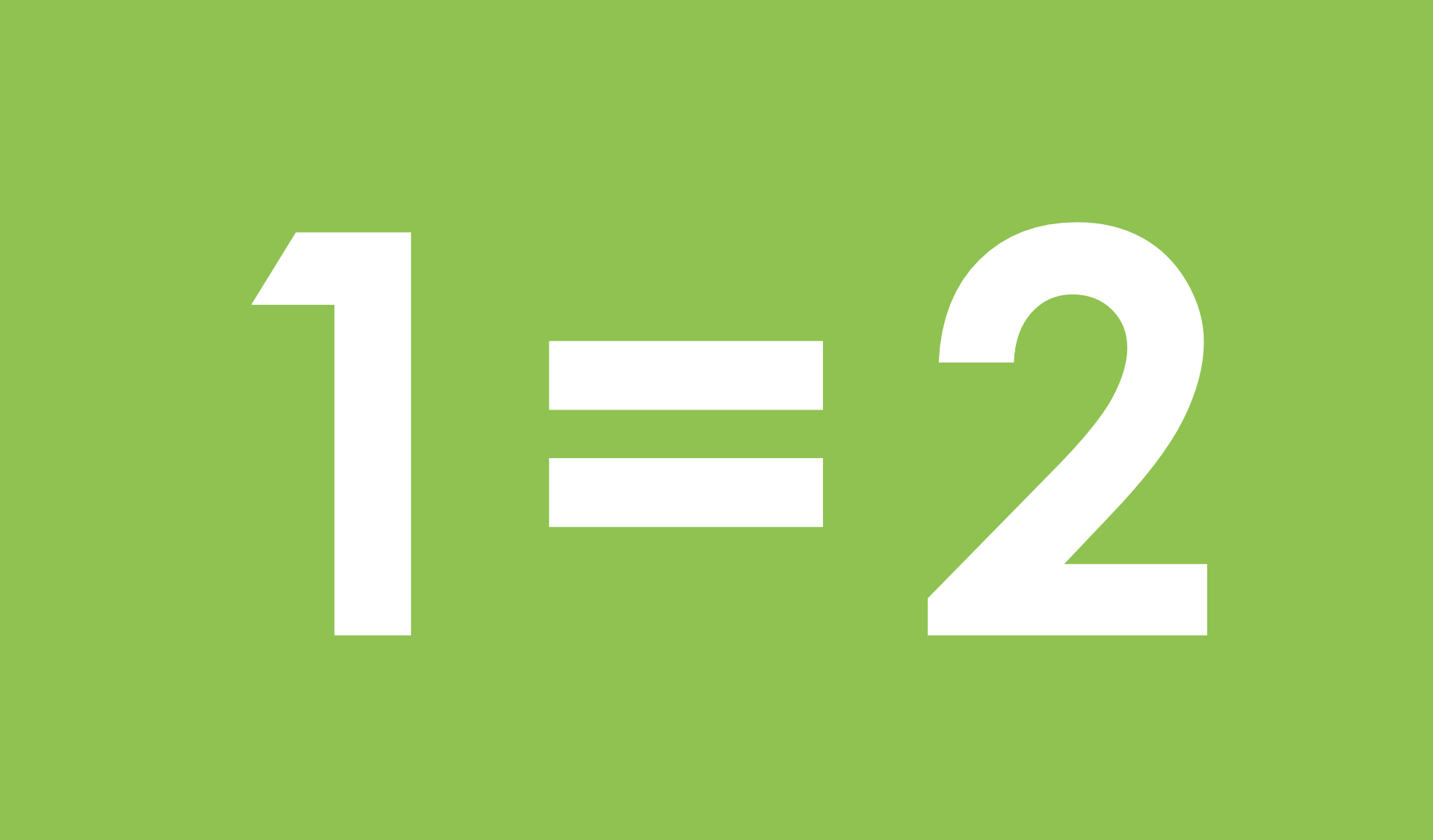
That our system of rhythmic notation is a clearly proportional one is at least partially due to the fact that historically, music was considered a "mathematical art." Figure I-1 shows the standard rhythmic symbols and their corresponding rests, arranged in descending order of value. But polyphonic music that follows rather strict rules of consonance and dissonance-as did medieval polyphony-requires precise coordination of the element of time.

If music is monophonic (i.e., only one voice at a time), rhythmic notation is not so necessary, even if several people perform the monophonic line simultaneously. It is interesting to note that it is largely because Western music developed polyphony (music in more than one part simultaneously) to a higher degree than any other culture that a precise system of rhythmic notation was necessary from a rather early date (at least by the late twelfth century). Let us first study the notation of the duration of sound, or rhythm.

The Western system, as it has developed into the twenty-first century, is capable of indicating virtually all parameters of music simultaneously-pitch and rhythm (duration), to be sure, but also, in varying degrees of sophistication, dynamics, tempo, and articulation, and phrasing. Some cultures, such as China for example, have long used a system of notation for their music, but it is a cumbersome notation, used primarily for preserving a piece of music rather than reading from it. While avoiding claims of superiority of one style or type of music over another, it is nevertheless possible to assert that no other culture in the world has a system of music notation that is as highly developed and versatile as the "Western" system. The system of notation that has developed in conjunction with European-and subsequently, American-music over approximately the last 1000 years is unique among the musics of the world.

I,1 Our "Western" System of Music Notation


 0 kommentar(er)
0 kommentar(er)
